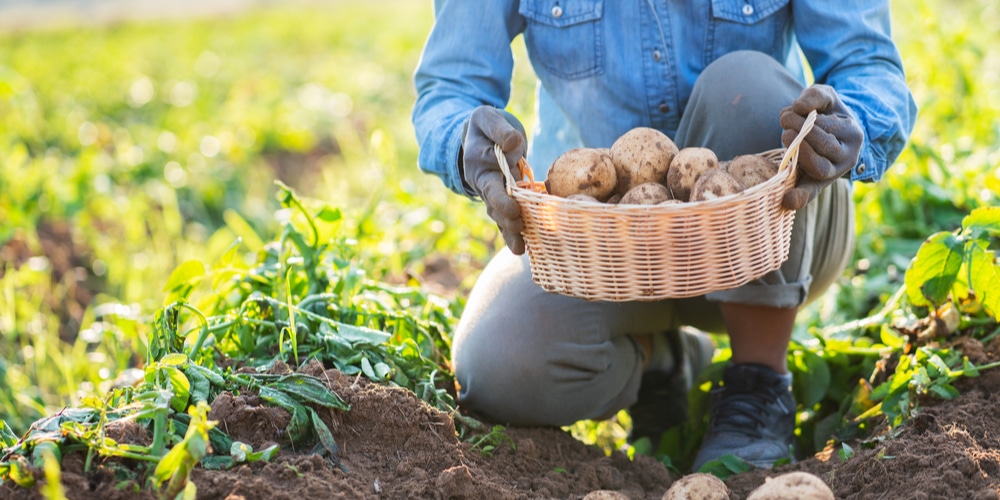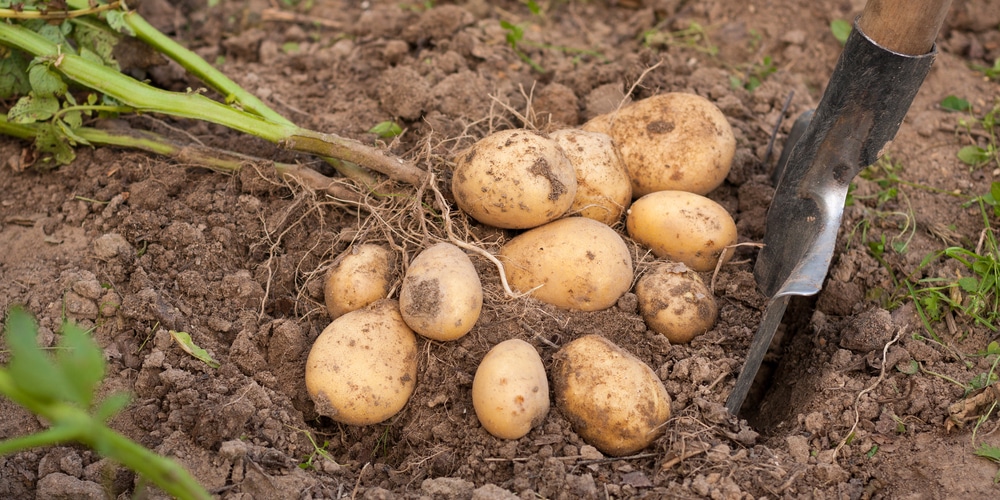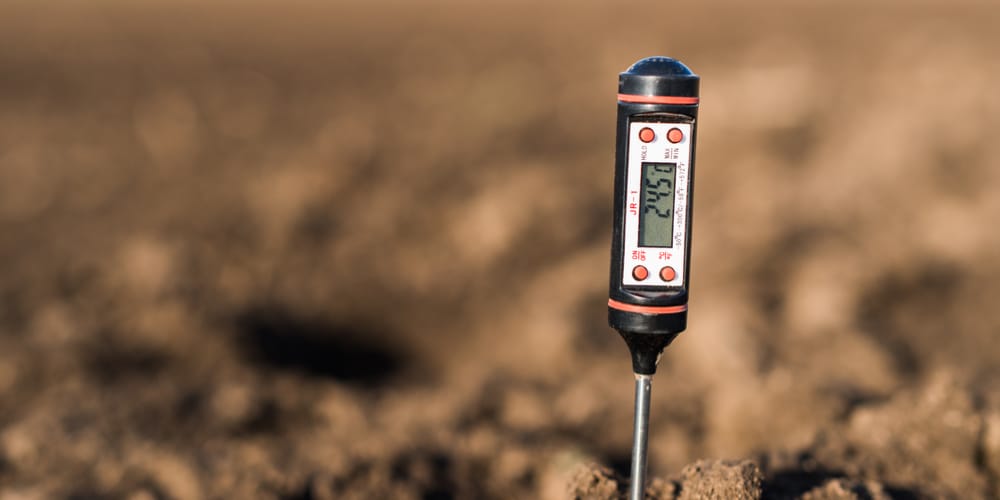Do you want to grow potatoes? If so, you need to learn how to optimize your soil for potatoes. What’s the best soil pH for potatoes? Potatoes are delicious and nutritious vegetables grown in many different climates. However, the success of your potato crop depends on the pH of your soil. In this article, we will discuss how to lower or raise the pH of your soil and what range works best for potatoes.
Why Potatoes Are A Great Crop To Grow In Your Garden
Potatoes are a great crop to grow in your garden for several reasons. First of all, they are easy to grow and can be grown in many different climates. Second, potatoes are a very nutritious vegetable. They are high in fiber, protein, and vitamins B and C. Third, potatoes are affordable and can be grown on a small scale. Finally, potatoes are a versatile vegetable that can be used in many different recipes.
What Type Of Soil Is Best For Growing Potatoes?
There are many different soil types, but for growing potatoes, the best type of soil is a light sandy loam. This type of soil has good drainage and enough organic matter to provide nutrients.
What is the soil ph for potatoes? The ideal pH range for potatoes is between acid and neutral, with about six being ideal. If your soil is too acidic, you can add lime to raise the pH. If your soil is too alkaline, you can add sulfur or agricultural sulfur to lower the pH.
How do you know if your soil is too acidic or alkaline? You can purchase a soil test kit at most garden stores. These kits allow you to measure the acidity of your soil using litmus paper and then add lime or sulfur accordingly until it reaches the proper range for potato plants.
How do you know if your soil has enough organic matter? The best way to tell is by digging up a shovelful of it and squeezing it in your hand. If the soil crumbles easily, then there’s not much organic matter. However, if you can squeeze the soil into a ball that stays together when dropped from a height of six inches, then the soil has a good amount of organic matter.
If your soil is not the right type or doesn’t have enough organic matter, don’t worry – you can amend it by adding compost or manure. A general rule of thumb is to add one inch of compost or manure for every five inches of soil. Work it into the top six inches of your soil with a shovel, then plant as usual.
Soil pH for Potatoes: How To Prepare Your Soil For Planting Potatoes
The first step in preparing your soil for planting potatoes is to do a soil test. This will tell you what type of soil you have and if it’s the right pH for growing potatoes. Based on this information, add lime or sulfur as needed to lower/raise the pH until it’s between 5 and 6.5.
The next step is to add organic matter. You can buy compost or manure at most garden stores or make your using kitchen scraps and yard waste. To do this, build a three-sided box with no bottom out of scrap wood (it should be about three feet wide by four feet long by one foot high). Line the box with a layer of straw, then add two inches of kitchen scraps and yard waste.
Cover this with another layer of straw and repeat until you’ve used up all your composting materials. Every week or so, turn the pile over to help it decompose faster. In about four months, your compost should be ready to use.
You can also make your compost tumbler by buying a plastic 55-gallon drum and cutting four holes in the top (one at each corner). Attach four pieces of chain to these holes, then attach another piece of chain to the center of one side. Add materials as described above, but mix them around every day to help them decompose faster. Your compost will be ready in about two months.
Once your soil is ready, it’s time to plant the potatoes! Cut the tubers into pieces that have at least one eye each. Dig a hole six inches deep, place the potato piece in it, and then cover it with soil. Space the potatoes about twelve inches apart, and water them regularly.
In a few weeks, you’ll start to see sprouts coming up from the ground. Once the plants are six inches tall, you can begin to harvest your potatoes. Dig down next to the plant and pull it out – be careful not to damage the tubers.
Soil pH for Potatoes: Final thoughts
Now that you know how to prepare your soil for planting potatoes, it’s time to get started! This easy-to-follow guide will have you harvesting your delicious potatoes in no time. Happy gardening!


